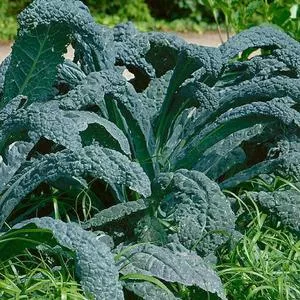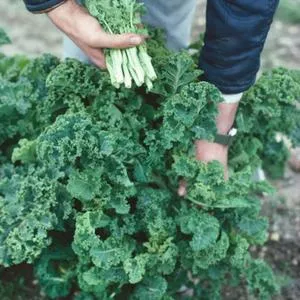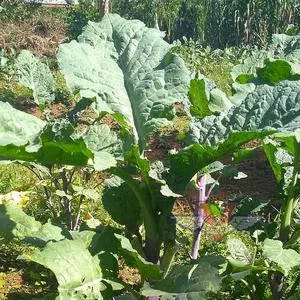Kale
Brassica oleracea
Kale, in its wild state, still grows wild along much of the European coastline. It is also known as Borecole which most likely originates from the Dutch word "boerenkool" which translates in English as "farmer's cabbage."
Unlike collards, kale is a cool weather crop, tolerates some shade, but is not very tolerant of heat. In areas with fairly mild winters, it can be sown late in the summer and enjoyed as a cut and come again table vegetable throughout the fall and winter months.
Each packet contains one gram, which is approximately 200 to 250 seeds.
Click on variety's picture or name below for more information and quantity pricing options (where available).
9 found









